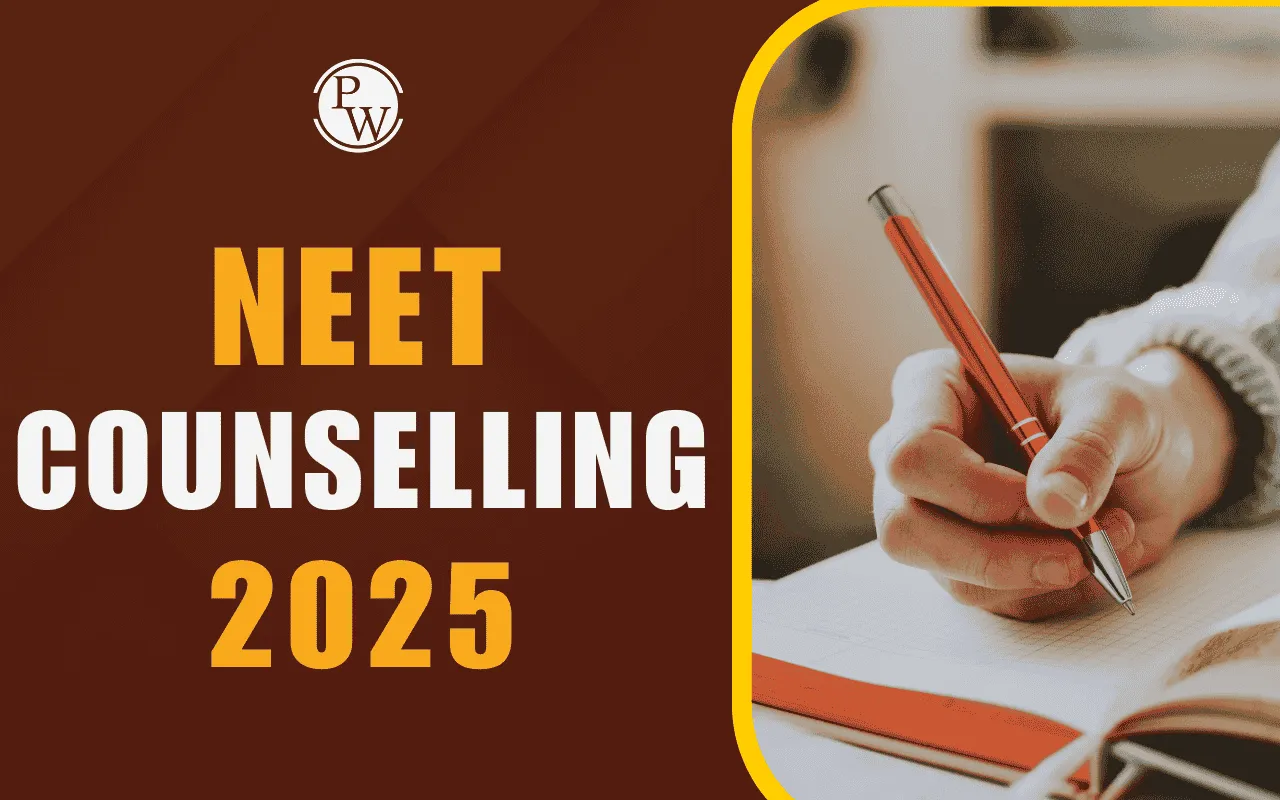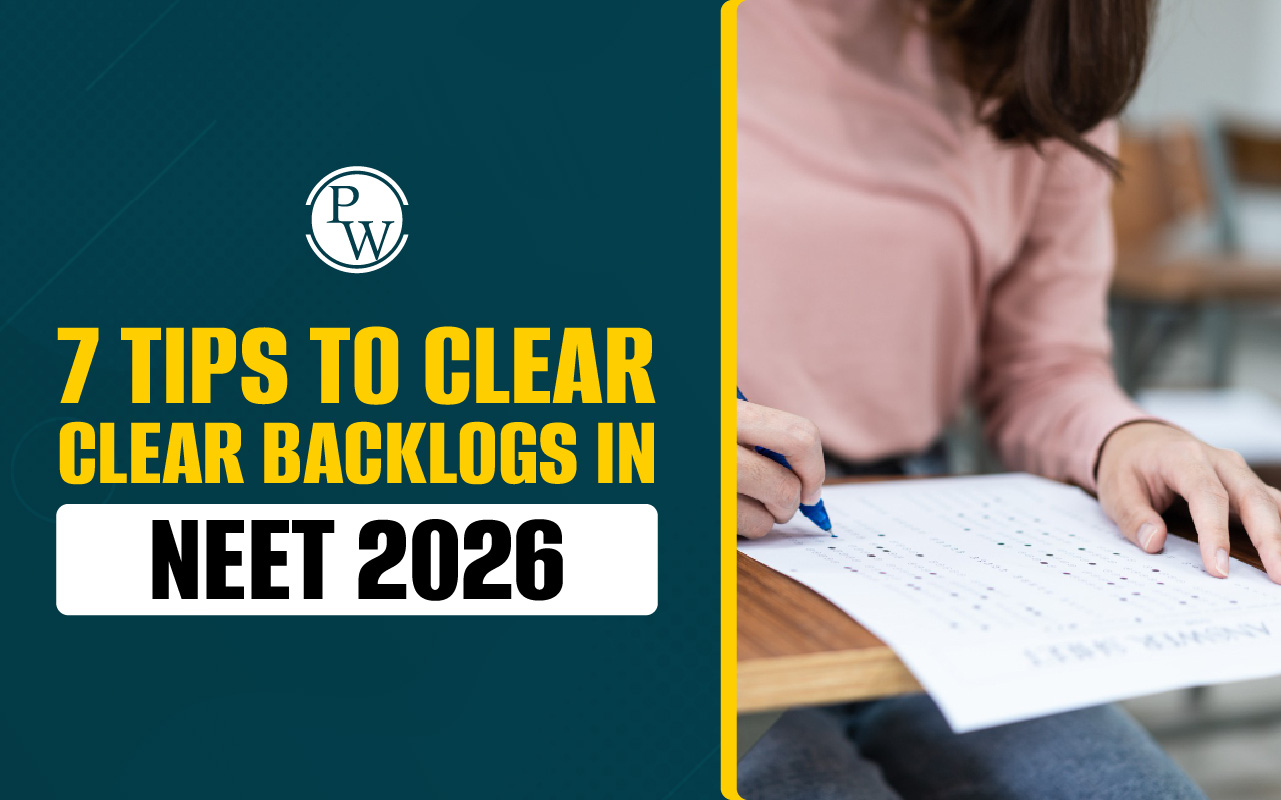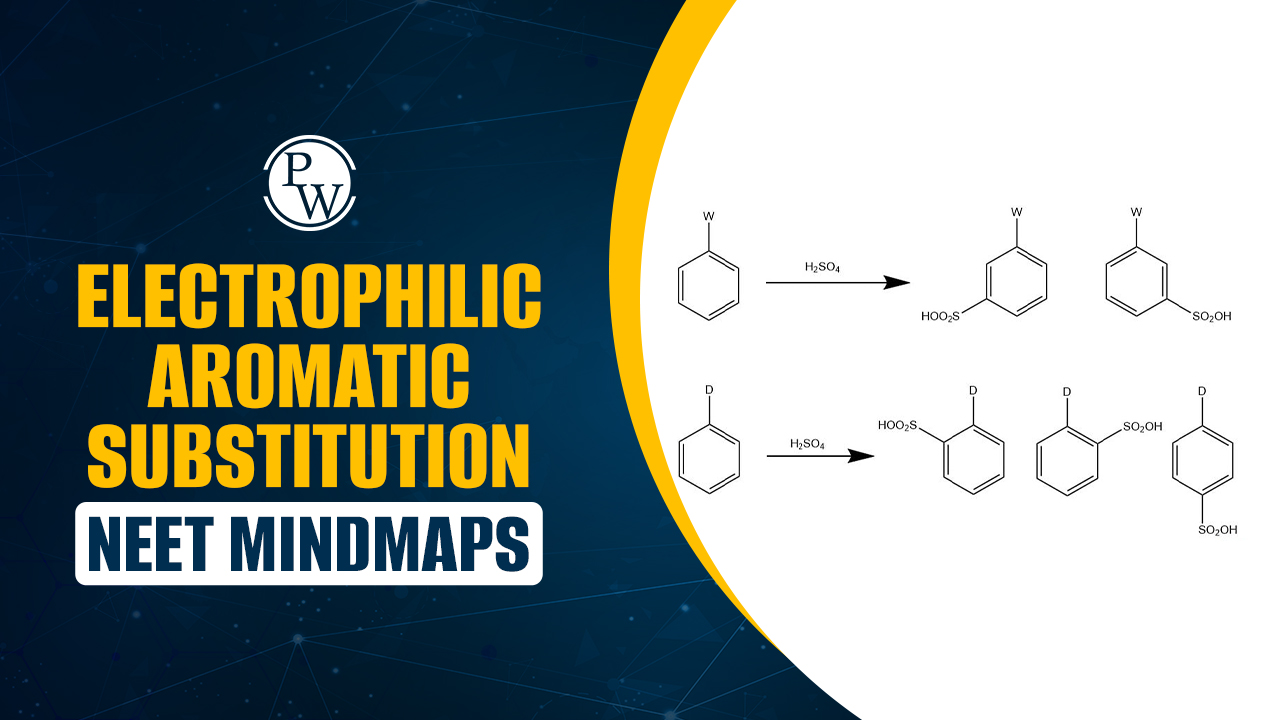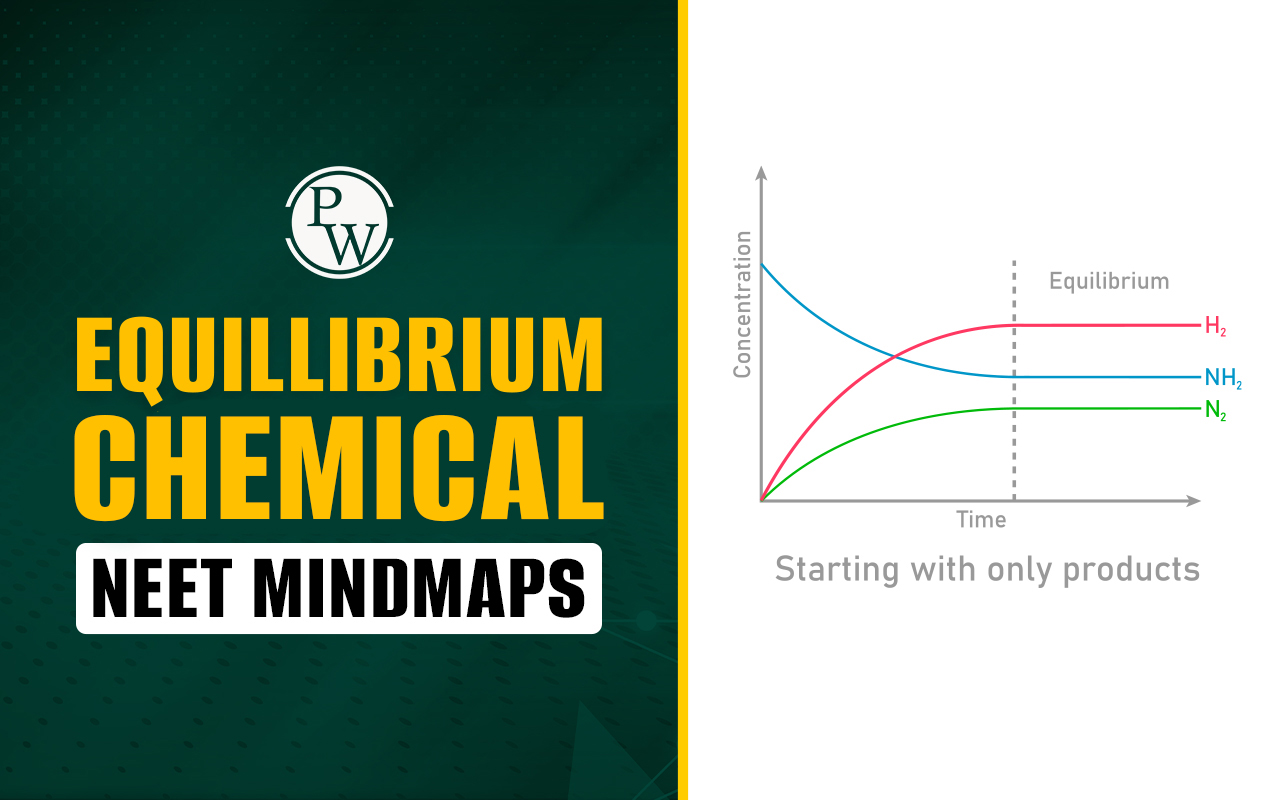

Prokaryotic Cells: Prokaryotes are small, single-celled organisms that live in the Bacteria and Archaea domains. They are much smaller than plant and animal cells and lack a nucleus and special compartments. Prokaryotic cells lack a nucleus and instead have a rigid outer wall. Some of them have a slimy coating. These coatings can help them adhere to surfaces or protect them from damage.
Prokaryotes have small surface extensions, such as flagella for movement or fimbriae, which are tiny hairs used to grab objects. Some have special structures called pili that allow them to exchange genetic material. Prokaryotic cells typically have a single circular piece of DNA that contains all of their genetic instructions. They may also have smaller circular pieces called plasmids that carry additional genes. The article below details prokaryotic cells, their structure, characteristics, examples, and a detailed diagram.
What is Prokaryotic Cells?
Prokaryotes are single-celled organisms lacking internal membrane-bound structures known as organelles. Consequently, they do not possess a nucleus; instead, they typically harbour a solitary chromosome made of circular, double-stranded DNA, situated within a region called the nucleoid. Prokaryotes are generally small, ranging from 0.2 to 10 microns in size, approximately one-tenth the size of most plant and animal cells. Many prokaryotes are equipped with a cell wall outside their plasma membrane.
Prokaryotic cell walls differ significantly from eukaryotic cell walls, primarily composed of cellulose in plants and chitin in fungi and insects. Prokaryotic cell walls serve as a protective barrier and contribute to the structural integrity of the organism. Additionally, the composition of prokaryotic cell walls differs significantly between the domains Bacteria and Archaea, the two primary classifications of prokaryotes. In some bacteria, a capsule may be present outside the cell wall.
Prokaryotes have a wide range of structures, including flagella for movement and pili for surface attachment. They also have plasmids, which are extrachromosomal DNA molecules that add to their genetic diversity and adaptability.
Prokaryotic Cells Diagram
The image below depicts a diagram of a prokaryotic cell, specifically a bacterium.

Prokaryotic Cells Characteristics
Prokaryotic cells have a unique set of characteristics.:
- Lack of nuclear membrane and organelles such as mitochondria, Golgi bodies, chloroplasts, and lysosomes.
- Presence of a single chromosome without histone proteins.
- Cell wall composition comprising carbohydrates and amino acids.
- Plasma membrane functions analogous to mitochondrial membranes in carrying respiratory enzymes.
- Reproduction primarily through asexual binary fission, with conjugation as a form of sexual reproduction.
Moreover, prokaryotic cells share common features including:
- Nucleoid region containing DNA and RNA.
- Ribosomes for protein synthesis.
- Cytosol housing a cytoskeleton for cellular organization.
These characteristics demonstrate the diverse adaptation of prokaryotic organisms to various ecological niches. Prokaryotic cells typically range from 0.1 to 5 micrometers in length, exhibiting a higher surface-area-to-volume ratio than eukaryotic cells. This feature allows for efficient nutrient uptake through the plasma membrane.
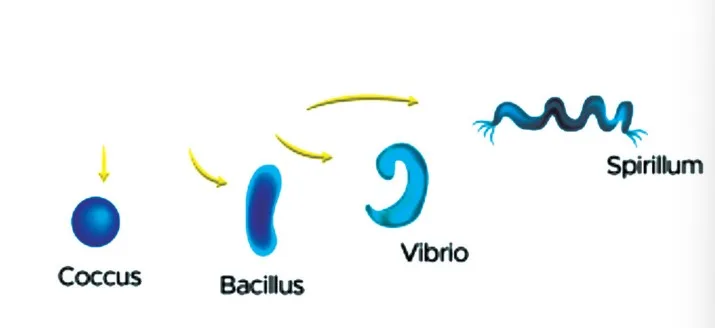
Sexual reproduction in flowering plants
Structure of Prokaryotic Cells
Prokaryotic cells have a simpler structure than eukaryotic cells. Unlike eukaryotic cells, they lack a true nucleus where DNA is enclosed within a membrane. The DNA is usually coiled up in a region of the cytoplasm known as the nucleoid. Prokaryotic organisms have a variety of cell shapes, including spherical, rod-shaped, and spiral. Bacterial cells, as a representative example of prokaryotes, exhibit a variety of structures and organelles.
Cell Envelope and Its Modifications
Most prokaryotic cells, notably bacterial cells, possess a chemically intricate cell envelope comprising three tightly bound layers: the outermost glycocalyx, followed by the middle cell wall, and finally, the innermost plasma membrane. While these layers function collectively as a protective unit, each also serves distinct functions.

Glycocalyx
The composition and thickness of the glycocalyx vary among different bacteria. It may manifest as a loose sheath termed the slime layer in some species, while in others, it may be dense and resilient, known as the capsule.
- Loose Sheath: Slime Layer
- Thick & Tough: Capsule
Cell Wall
The cell wall dictates the cell's shape and provides robust structural support to prevent bursting or collapsing. In Gram-positive bacteria, the cell wall is thick and comprises a single peptidoglycan layer. Conversely, Gram-negative bacteria feature a double-layered cell wall comprising a thin outer membrane of lipid and an inner layer of peptidoglycan.
Plasma Membrane
The plasma membrane, selectively permeable in nature, interacts with the external environment. Structurally akin to that of eukaryotes, it governs various cellular processes.
Mesosome
The mesosome is a distinct membranous structure that forms when the plasma membrane extends or infolds into the cell. These extensions, which appear as vesicles, tubules, and lamellae, play critical roles in cell wall formation, DNA replication, distribution to daughter cells, respiration, secretion processes, plasma membrane surface area augmentation, and enzymatic activity.
Chromatophores
Chromatophores are pigment-containing membranous extensions of the plasma membrane into the cytoplasm found in certain prokaryotes, such as cyanobacteria.
Cytoplasm
The cytoplasm is the internal cellular region enclosed by the cell membrane. This liquid matrix contains water, proteins, and a variety of biomolecules.
Nucleoid
The nucleoid, an irregularly shaped region within prokaryotic cells, houses most or all genetic material. Unlike the eukaryotic nucleus, it lacks a surrounding nuclear membrane and typically contains a circular, double-stranded DNA molecule without histone proteins.
DNA
Deoxyribonucleic acid (DNA) carries genetic information necessary for an organism's development and functioning. In prokaryotes, DNA is present freely as a closed circular structure within the central portion of the cytoplasm.
Motility
Bacterial cells may exhibit motility through flagella, thin filamentous extensions of the cell wall. Flagella's number and arrangement vary among bacterial species, with distinct types such as monotrichous, amphitrichous, lophotrichous, peritrichous, and cephalotrichous. Structure of Flagella is provided below:
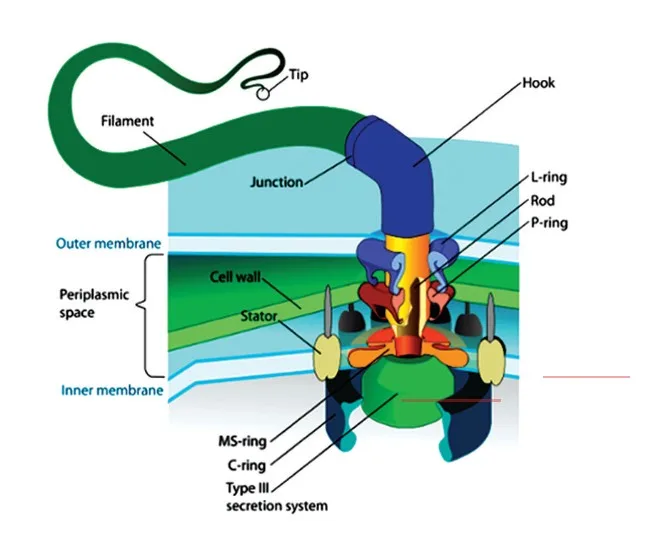
- Pili: Elongated tubular structures composed of a specialized protein.
- Fimbriae : Small bristle-like fibers aiding in attachment to surfaces.
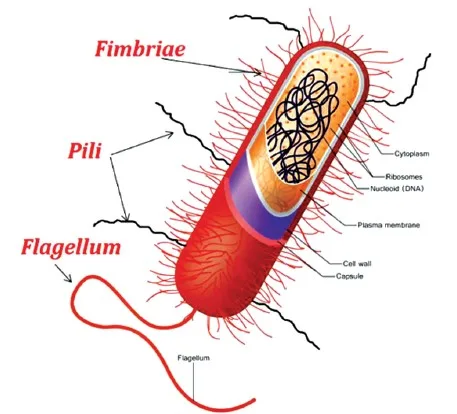
Ribosomes
Prokaryotic ribosomes, approximately 15 nm by 20 nm in size and 70S in nature, are associated with the cell's plasma membrane. They serve as sites for protein synthesis, with multiple ribosomes attaching to a single mRNA to form polyribosomes.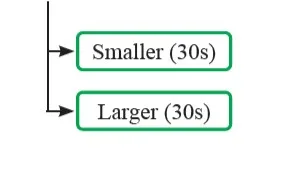
Inclusion Bodies
These non-membrane-bound structures store reserve materials within the cytoplasm of prokaryotic cells. Examples include phosphate granules, cyanophycean granules, glycogen granules, and gas vacuoles in certain photosynthetic bacteria.
Prokaryotic Cells Examples
The following are the main examples of prokaryotic cells.
Bacterial Cells
Bacteria, single-celled microorganisms, are abundant on Earth, inhabiting various environments, including our bodies. Their diversity extends to their shapes and structures. A staggering number, around 5×10^30, populate different ecosystems, dominating even over human cells in our guts (with a ratio of 10:1).
- Cell Wall: Composed of peptidoglycan, providing structural support. Thickness varies among different bacterial types.
- Unique Structures:
- Capsule: Outer protective layer.
- Flagella: Tiny tails enabling movement.
- Pili: Structures aiding attachment to surfaces.
- Genetic Material:
- A single circular chromosome, similar to an instruction manual.
- Presence of plasmids, small rings of DNA, providing additional genetic material.
- Endospores: Under unfavorable conditions, bacteria can form these resilient, dormant structures, capable of withstanding extreme environments until conditions improve.
Archaeal Cells
Archaea, akin to bacteria in size and unicellular nature, thrive in diverse environments, including extreme ones like hot springs.
- Environmental Adaptations:
- Some Archaea thrive in extreme conditions, such as high temperatures and salinity.
- Structural Differences:
- Cell Wall: Lacks peptidoglycan, unlike bacterial cell walls.
- Flagella: Functions are similar to bacterial flagella but evolved from distinct structures.
- Genetic Makeup:
- Possess one circular chromosome.
- Varied chromosome sizes, depending on the Archaea type.
- Like bacteria, Archaea can carry plasmids.
- Discovery and Study:
- Classified separately from bacteria in 1977.
- Despite advancements, Archaea remain less understood compared to bacteria.
This structured breakdown highlights bacterial and archaeal cells' key features and distinctions, providing insight into their remarkable diversity and adaptability in different environments.
Physics Wallah offers NEET Online Coaching in India, combining quality education with affordability. Their NEET online courses are well-designed to enhance students' exam preparation and success.
| NEET Exam Important Links | |
|---|---|
| NEET Biology Syllabus | NEET Biology Diagrams |
| NEET Biology MCQ | NEET Biology Chapter wise Weightage |
| NEET Biology Notes | NEET Previous Year Question papers |
Prokaryotic Cells FAQs
What are Prokaryotic Cells?
What difference between Prokaryotic and Eukaryotic Cells?
Do Prokaryotes Contain DNA?
What Defines a Prokaryotic Cell with Examples?
What are the characteristics of Prokaryotic Cells in Class 11?

